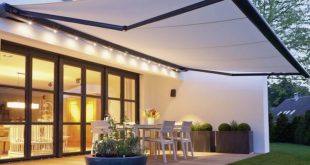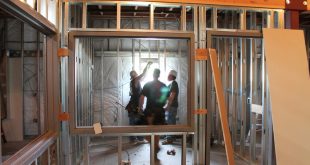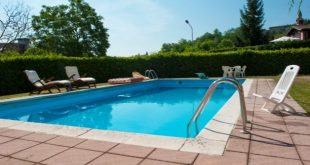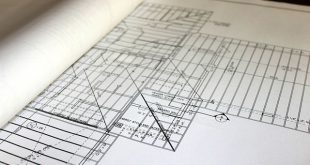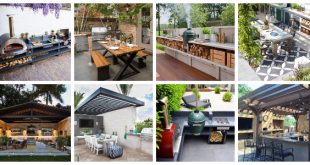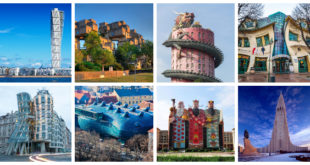Steel has been used in commercial construction for many years but it has only recently been an option for residential builds. However, due to its strength and lightness, it is becoming a popular choice.
The truth is that Light Gauge Steel (LGS) is a better option in the majority of cases. Of course, you need to purchase Steel from a reputable firm specializing in steel fabrication Sydney. You will also need to consider the following factors, it will ensure you make the right decision for the frame of your new home.
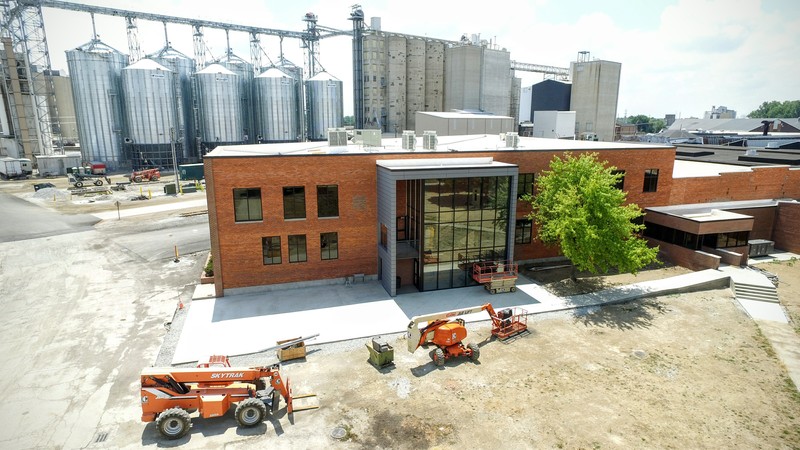
Strength
LGS is much stronger than wood. This means that your house is more likely to be resistant to severe weather systems, such as hurricanes and tornados. It is also likely to be better able to withstand floods.
Perhaps more importantly, thanks to the increased strength LGS is a better option when you want an unconventional home. The steel can be used to bridge larger gaps, reducing the need for internal walls and creating a large number of design possibilities.
Durability
Wood is impressive in that it can absorb moisture from the surrounding air and relinquish it without damage. It does need a drainage option and holding too much moisture for an extended period will leave the wood open to mold. This can cause it to rot from the inside out.
Of course, wood is also susceptible to termites and other pests. They eat the wood, weakening it and the frame of your home.
In contrast, LGS is impervious to pests, they simply are not interested in eating it. LGS is also not affected by the moisture in the air, potentially making it more durable than wood.
However, it should be noted that metal does rust f exposed to air and water. LGS is coated to ensure this is not an option. But, if the steel is damaged it can rust, fatally weakening it.
Fire Resistance
The wood commonly used in house builds is a soft wood. This is cheap, strong, and attractive. But, it also burns easily. That’s a risk in any environment but a particular concern if you live in an area prone to bush fires.
Most wooden homes will incorporate fire-resistant materials to reduce the speed at which the fire spreads. But, it is still flammable.
In contrast, LGS does not burn. However, it will start to lose its strength if the temperature exceeds 550°F. As house fires can often hit 1000°F, the metal can weaken and even buckle, causing structural damage to your home.
To prevent this the LGS has fireproof materials around it, protecting the frame. This makes it as vulnerable as wood.
Flood Protection
Floods introduce large amounts of water into direct contact with your home. If the water remains against and around your property it will do permanent damage to the wood, causing it to start rotting. It needs to be coated to reduce the risk.
LGS is galvanized to help protect it from the elements; this makes it more resistant to floods. However, you should note that the zinc coating on LGS will diminish over time. It will need to be re-coated periodically to maintain its strength.
 World inside pictures Collect and share the best ideas that make our life easier
World inside pictures Collect and share the best ideas that make our life easier

